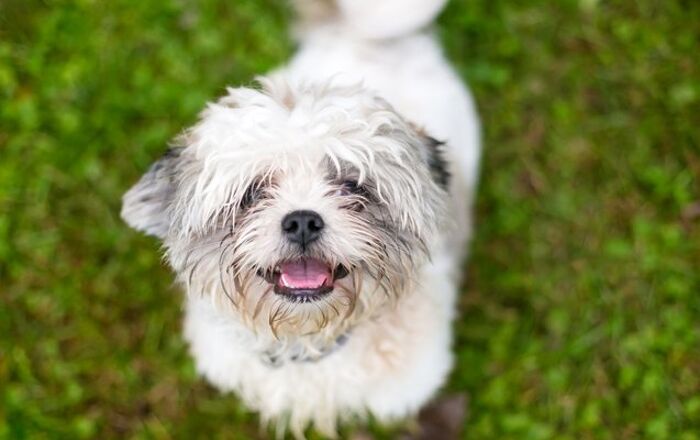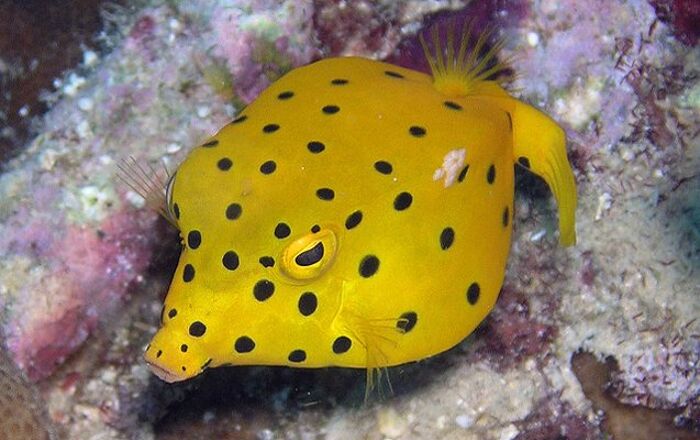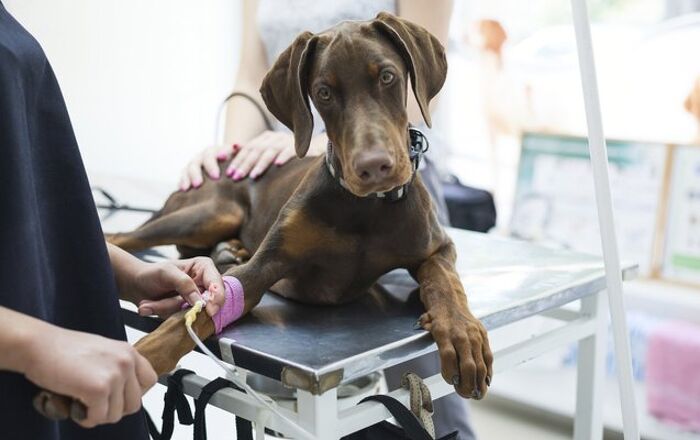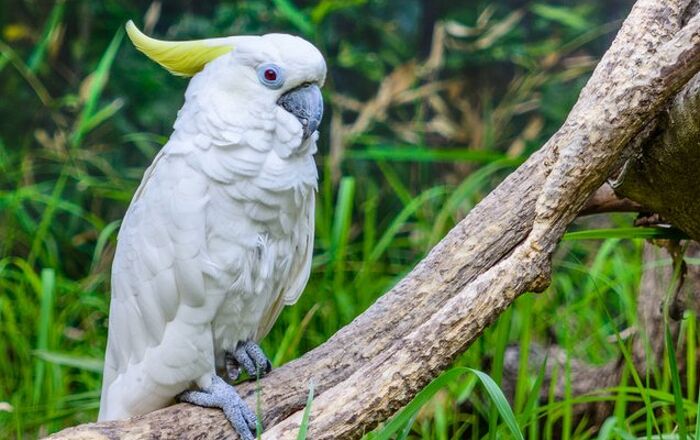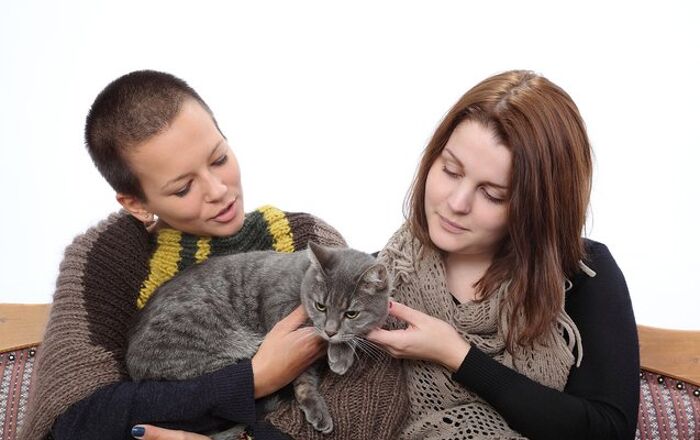
Tired of using chemicals? Try these all-natural flea remedies for dogs
It’s no secret that dogs sometimes get themselves covered in creepy crawlies. While it might not be pleasant, it’s just one of those things about having a canine companion. However, the nasty part is having to cover your precious pup in chemical pesticides to get rid of them. These kinds of products can have potentially harmful side effects for both you and your dog. Instead, why not try any of these natural flea remedies for dogs to either prevent or get rid of these pests.
Why are fleas such an annoyance, you ask? Ha. As if you have to ask. If you’ve ever had any encounters with those little suckers, you know.
First, fleas are notorious for multiplying in crazy ways. They love finding themselves a nice and toasty host. That’s because they like to be warm (and warmer climates) and your dog makes the perfect place for them to make their 100-day lifespan a tropical paradise.
Yes, they hang around for several dozen days and once they find a place they likey, they stay.
And then they multiply like rabbits. Fleas can (and do) lay anywhere between 20-40 eggs a day. That’s A DAY, folks. You can see how it’s easy for an infestation to happen in no time flat, and how important it is for you to get a hold on things before it gets there. Getting rid of a flea infestation is a bit like getting rid of bed bugs or lice–a lot of work for what seems like hardly any pay-off.
So, on that note, why would you even bother with a natural remedy? Why not go straight for the big, chemical guns?
Well, the problem with those is that they’re toxic. Yes, pretty effective, but toxic–to you and to your family and pets. So if you can do the same job with more natural and holistic remedies, why wouldn’t you?
And with that, here are six of the most tried-and-true remedies given and recommended by our readers and vets.
6. Apple Cider Vinegar
While it might not kill fleas, apple cider vinegar can be extremely effective at deterring them. You can either rub it into your dog’s fur or put a splash into her water. If applying it topically, it’s a good idea to do so before each time your dog goes out. Dilute it 50/50 with water. Don’t worry, once it dries, there’ll be no residual vinegar smell. In fact, it may even remove odors from your pet’s fur. If giving it to your pooch in water, add roughly 1 teaspoon of apple cider vinegar to every quart of drinking water.
5. Rosemary Flea Dip
Rosemary is a natural antiseptic and has been used as a medicinal herb for hundreds, if not thousands, of years. It’s these properties that make it great for warding off fleas. You can use it to make a natural flea dip by boiling about 2 cups of fresh rosemary in 2 pints of water. Let it steep as it cools and then strain out the rosemary. Pour the water over your dog and allow it to dry naturally.
4. Brewer’s Yeast
If you want to make your pooch less tasty to those pesky fleas, adding brewer’s yeast tablets to her food is a good way to go about it. For some reason, fleas hate the taste of this substance, and stay away from dogs who regularly consume it. To find out a safe dosage for your four-legged friend, be sure to consult your veterinarian.
3. Citrus Fruits
Citrus fruits are known for their flea repelling properties. What’s more, they’re completely harmless to your dog and can be found in any grocery store, or perhaps even your garden, if you live in a warm climate. Squeeze the juice from an orange or lemon and rub it into your dog’s fur. Not only will it protect against fleas, but it will also make your pup’s coat smell good, too!
2. Water
It might sound ridiculously basic, as far as flea treatments go, but bathing your dog in water can actually get rid of most of her fleas. This is because fleas can’t grasp to the shafts of hair, the way human lice do, so if you give your dog a good bath – just with water, or with a doggy shampoo, if you want – most of her fleas should fall right off and drown. Good riddance!
1. Lavender
Lavender essential oil is great for ridding dogs of fleas. You can apply it topically to your dog’s coat, but you should never apply it neat, as it an irritant the skin. It should be made into a 2% dilution, by mixing it with a neutral carrier oil, such as sweet almond oil. This means that you would mix 12 drops of the essential oil with 1 fluid ounce of carrier oil. Alternatively, you may be able to buy your lavender essential oil already diluted.



